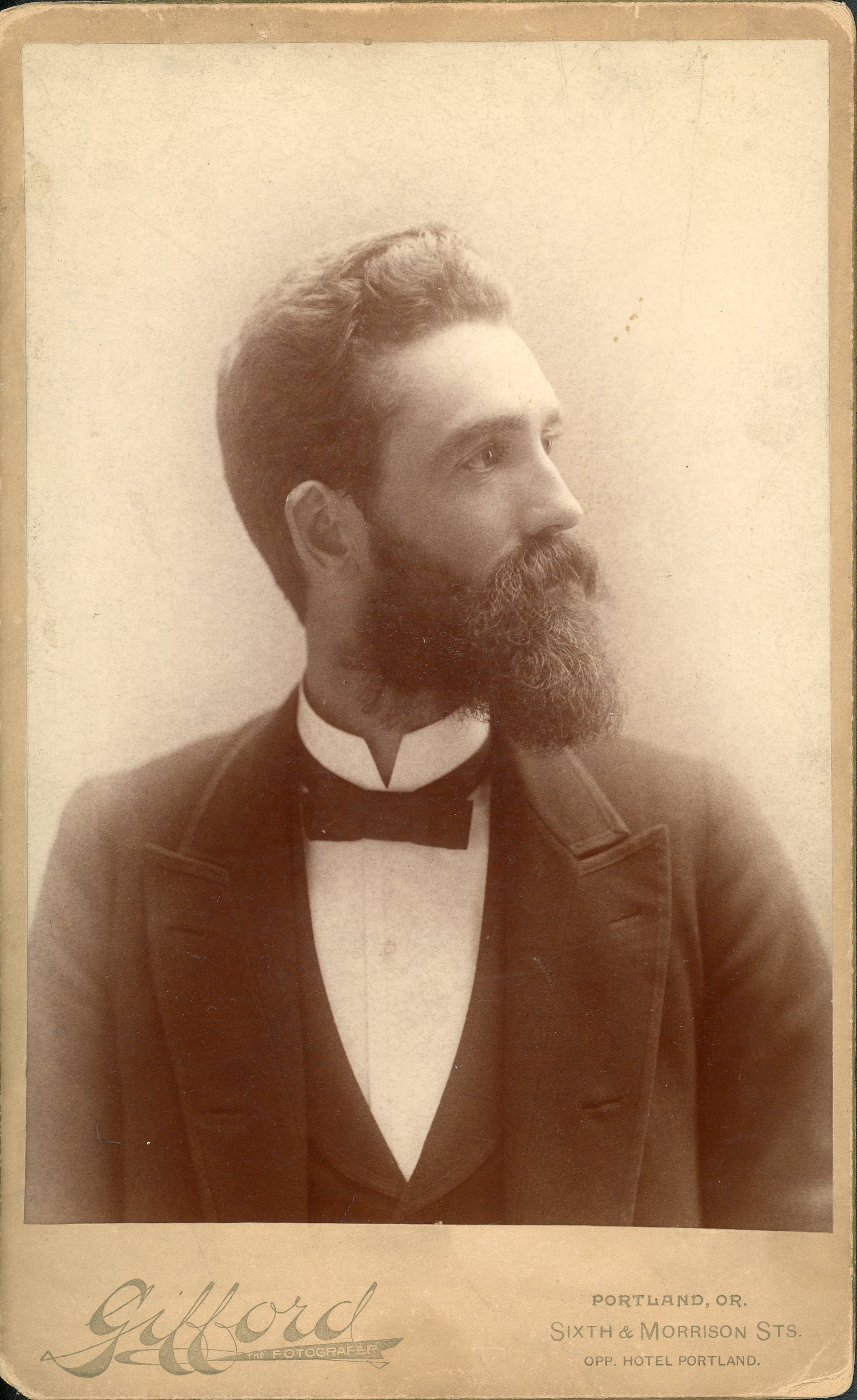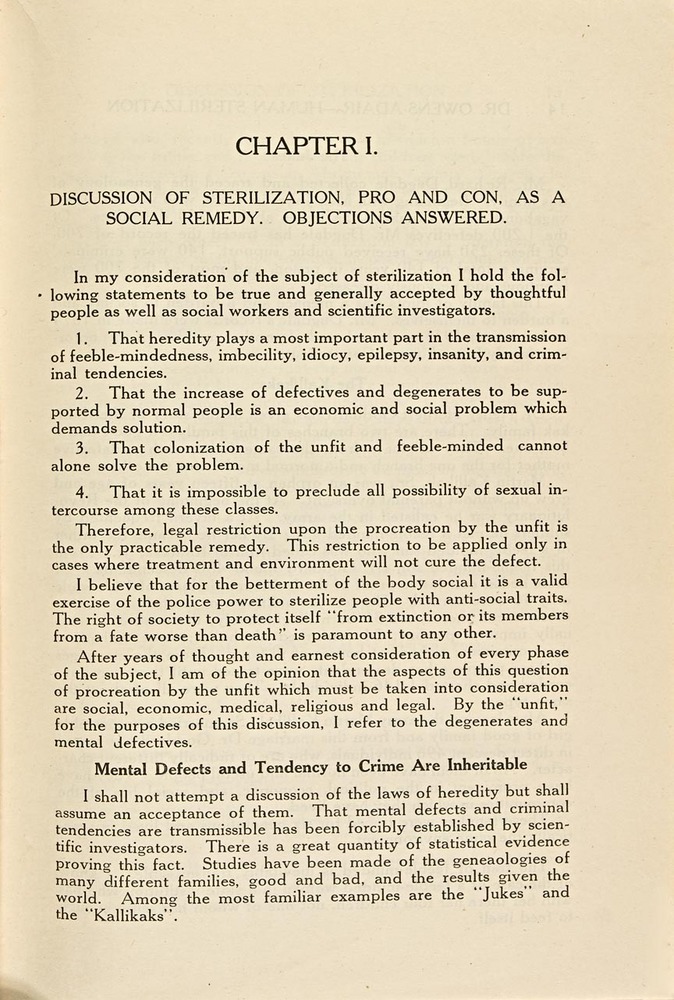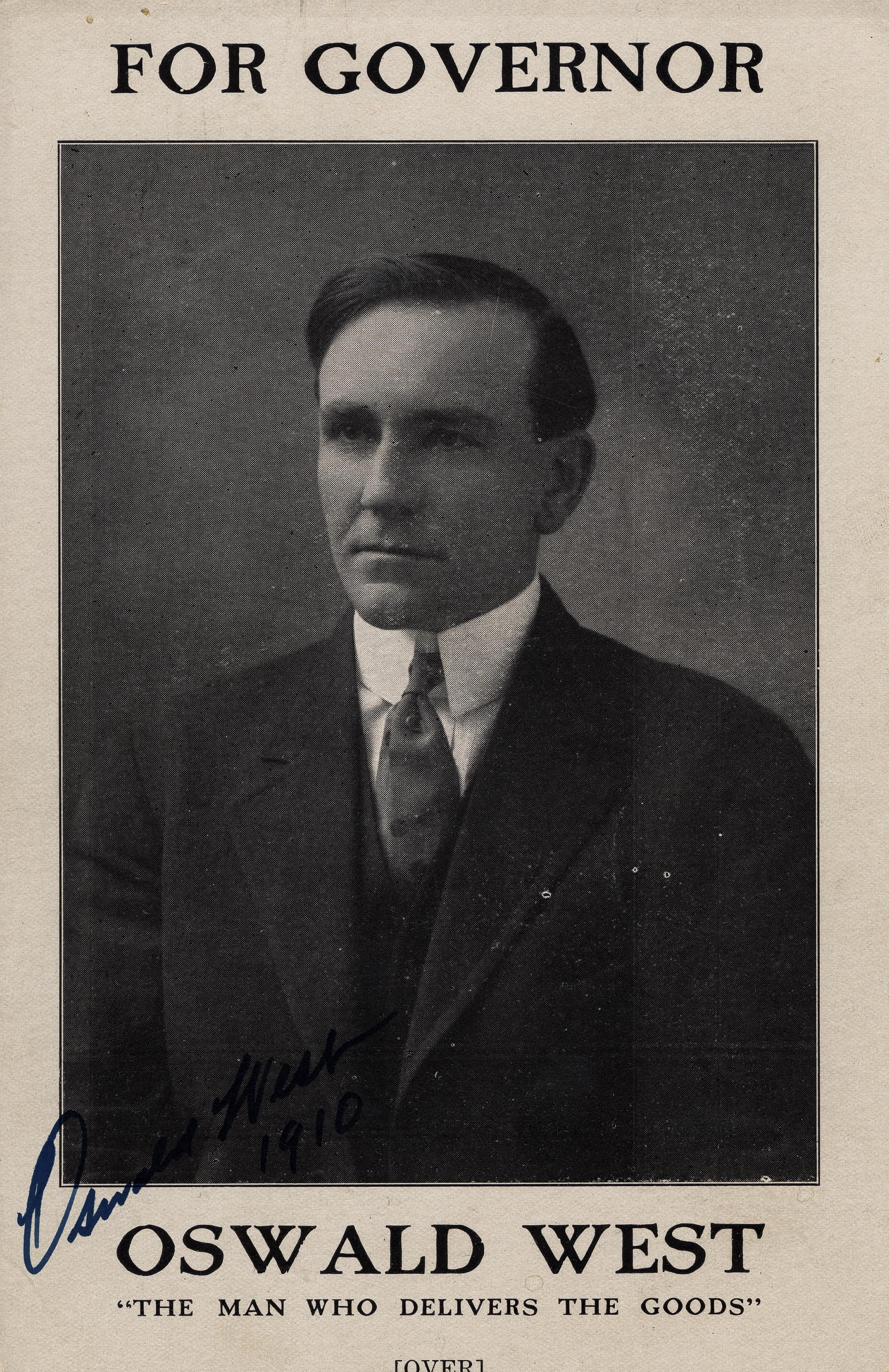The Oregon Anti-Sterilization League, formed in February 1913 at the East Portland Branch Library, was the first known effective political advocacy group that worked against legislated human sterilization. The group initiated a referendum that repealed the Oregon Sterilization Act of 1913 and helped stifle the burgeoning nationwide human sterilization movement in Oregon for the next four years.
Compulsory human sterilization laws originated in America during the last half of the 19th century, driven primarily by politically active physicians interested in shaping the population to exclude undesirable demographics—such as criminals, the mentally ill, epileptics, and gays and lesbians—in a movement called eugenics. In Oregon, the fight for human sterilization was led by Bethenia Owens-Adair, a prominent American physician and feminist who extolled the virtues of forced human sterilization while campaigning for suffrage and expanded personal freedoms for women.
Beginning in 1905, Owens-Adair became a fixture in the Oregon legislature, promoting the idea of a human sterilization law and, beginning in 1907, crafting legislation herself. When her attempts in 1907, 1909, and 1911 to pass a sterilization bill failed, Owens-Adair began a public relations campaign, traveling around Oregon and Washington to elicit public support.
In January 1913, Owens-Adair found the necessary support to push her bill, targeting "criminals, epileptics, insane and feeble-minded persons," through the Oregon House of Representatives, where it was presented by Owens-Adair's political ally Representative L.G. Lewelling. House Bill 69, known as the Lewelling Sterilization Bill, immediately found opposition in the Oregon State Senate, where several prominent Oregonians had gathered to protest. The opposition represented a broad cross section of Oregon elites, including Rev. Father Black, Judge M.G. Munly, and Dr. J.D. Fenton. They took issue with the bill on the grounds that it was poorly worded and gave broad powers to the state to sterilize citizens, regardless of the recommendations of medical, religious, and legal authorities. House Bill No. 69 passed and was signed into law on February 18, 1913, by Governor Oswald West.
Soon after H.B. 69 was signed, seven men and two women in Portland assembled what they formally called the Society for the Abolishment of the Sterilization Law, or the Anti-Sterilization League. The most vocal member of the group was the group’s vice president, Lora C. Little, a local skeptic and alternative healer who sparred with Owens-Adair in Oregon newspapers. Little decried the vast powers the loosely worded bill gave to state authorities as well as the faulty logic behind eugenic sterilization. Her barrage of letters to the editor and local addresses contributed to increased public awareness of the law. The League collected the necessary 6,300 signatures to put H.B. 69 on the ballot as a referendum in November 1913; it was voted down 53,319 to 41,767.
Owens-Adair, aware of public opposition to her sterilization bill, spent the next several years regrouping in relative obscurity until 1917. By then, the Oregon legislature had produced a sterilization bill with new safeguards, including a review board, and the bill passed with her blessing. While the Anti-Sterilization League attempted to mobilize another referendum campaign, Little had moved on to other interests, fighting compulsory vaccination. Partly due to her absence, the movement failed. This incarnation of the sterilization law was struck down as unconstitutional in Cline v. State Board of Eugenics in 1921. The law was subsequently amended and passed again in 1923; it was ultimately repealed in 1983.
-
![]()
Title page from Owens-Adair's book "Human Sterilization".
Oreg. Hist. Soc. Research Lib., bb003850
-
![]()
J.D. Fenton.
Courtesy Oregon Hist. Soc. Research Lib.
-
![]()
L.G. Lewelling, 1911.
Courtesy Oregon Hist. Soc. Research Lib., 074G005
-
![]()
First page of Chapter 1 of Owens-Adair's 1922 book, "Human Sterilization".
Oreg. Hist. Soc. Research Lib.
Related Entries
-
![Bethenia Owens-Adair (1840-1926)]()
Bethenia Owens-Adair (1840-1926)
Bethenia Owens-Adair overcame seemingly insurmountable obstacles to bec…
-
![Oswald D. West (1873-1960)]()
Oswald D. West (1873-1960)
Oswald D. West served as Oregon's fourteenth governor, between 1911 and…
Map This on the Oregon History WayFinder
The Oregon History Wayfinder is an interactive map that identifies significant places, people, and events in Oregon history.
Further Reading
Owens-Adair, Bethenia. Human Sterilization: it's [sic] social and legislative aspects. Portland, Ore.: Metropolitan Press, 1922.
Largent, Mark. "The Greatest Curse of the Race: Eugenic Sterilization in Oregon from 1909-1983." Oregon Historical Quarterly 103 (2002): 197-200.






